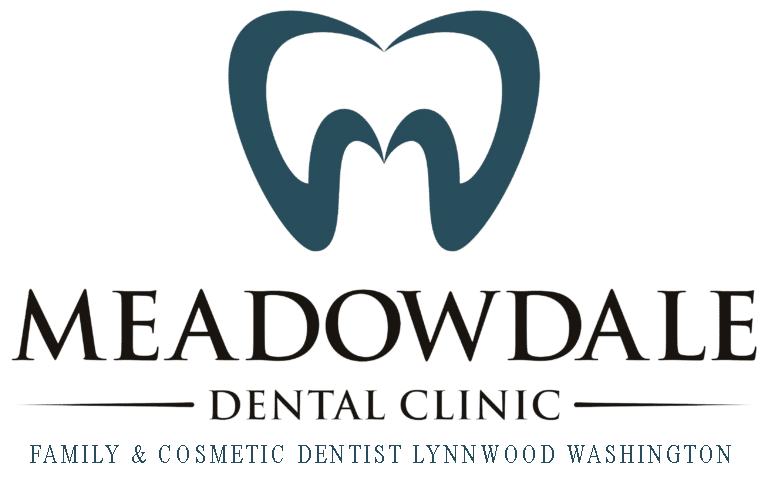Risks of The Dental Scaling
and Root Planing Procedure
Has your dentist recently recommended you consider dental scaling and root planing? Dental scaling is a commonly performed deep cleaning procedure used to remove the buildup of excessive plaque and prevent or reverse gum disease. The goal of dental scaling is to remove tartar from along to the gumline to help restore your gums to a healthy state. Sure, it seems like a good thing to have done, but what exactly happens during the procedure and are there potential risks? These are good questions. Below is more information to help you better understand the dental scaling and root planing procedure.
What is Dental Scaling?
Plaque buildup along the gumline is a normal occurrence due to everyday eating and drinking. The plaque carries with it bacteria that is harmful for the gums and tissues of the mouth. If this plaque and bacteria buildup overtime it can cause irritation to the gums resulting in them pulling away from your teeth. Everyday brushing and flossing and professional cleanings help to remove this plaque from the teeth. For some a deeper cleaning may be necessary. The scaling procedure targets the buildup of plaque along and below the gumline and the planing targets cleaning the root of the tooth.
Two basic methods of dental scaling:
- Using handheld instruments: using a metal dental scaler your dentist will scrape plaque from the teeth. The dentist will go along and beneath the gumline to remove plaque.
- Using ultrasonic instruments: using an ultrasonic tool that has a vibrating metal tip combined with a cool water spray your dentist will clean the gumline. The tip works to remove tartar and the water flushes the plaque away.
After the dental scaling the root planing is next. The goal of root planing is to reach the tooth’s root and smooth the root’s surface, so the gums reattach.
Is the Procedure Dangerous?
The dental scaling procedure is fairly common and low-risk. In fact, the potentially greatest risk of root planning and scaling is not having the procedure done when it is needed. Without the deep cleaning, the plaque and bacteria buildup along your gumline an lead to the progression of gum disease to the point at which it may be irreversible. Gum disease is associated with significant risks including tooth loss and bone infection.
There are some potential risks of the procedure, including:
- Reaction to medication or local anesthesia
- Post-procedure bleeding, pain, swelling, and bruising
- Post-procedure infection
- Increased sensitivity to temperature
- Exposed root surface due to reduced swelling in gums
- Pain in teeth
- Need for changes daily hygiene methods
- Loose teeth, or loss of teeth due to irreversible advancements in gum disease
It is important to note that while these risks can happen, many of them are a temporary response to the procedure. Once the scaling and planing procedure is complete, the gums will slowly become healthier and many of these risks will be minimized as the gums heal.
More About Scale & Root Planing : What is Scale & Root Planing?
